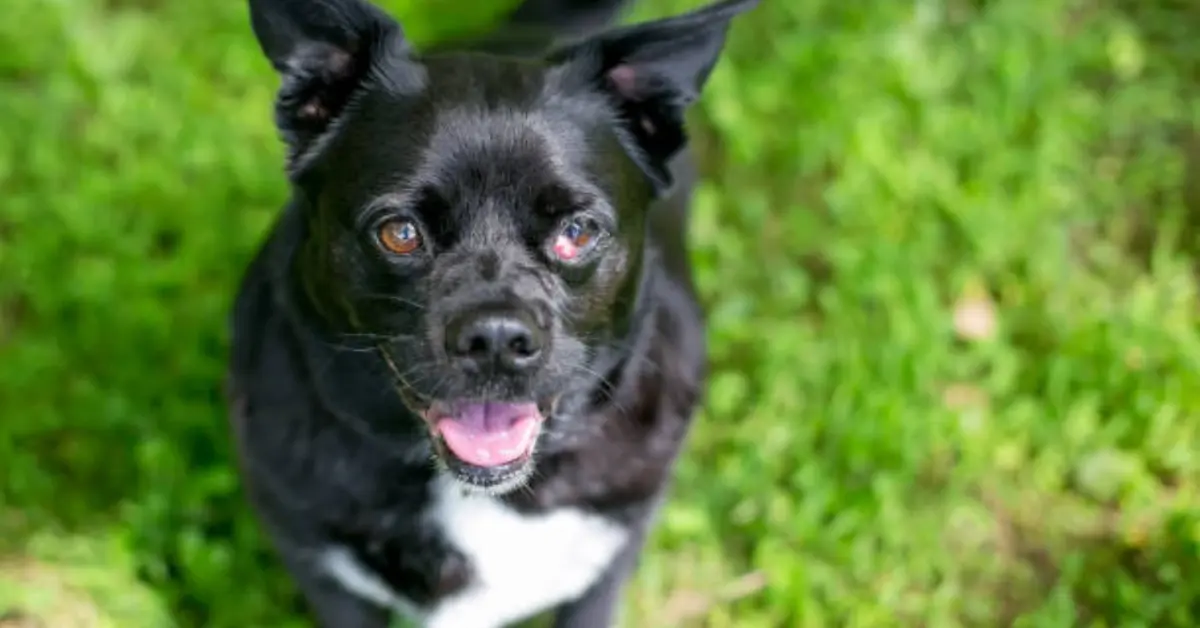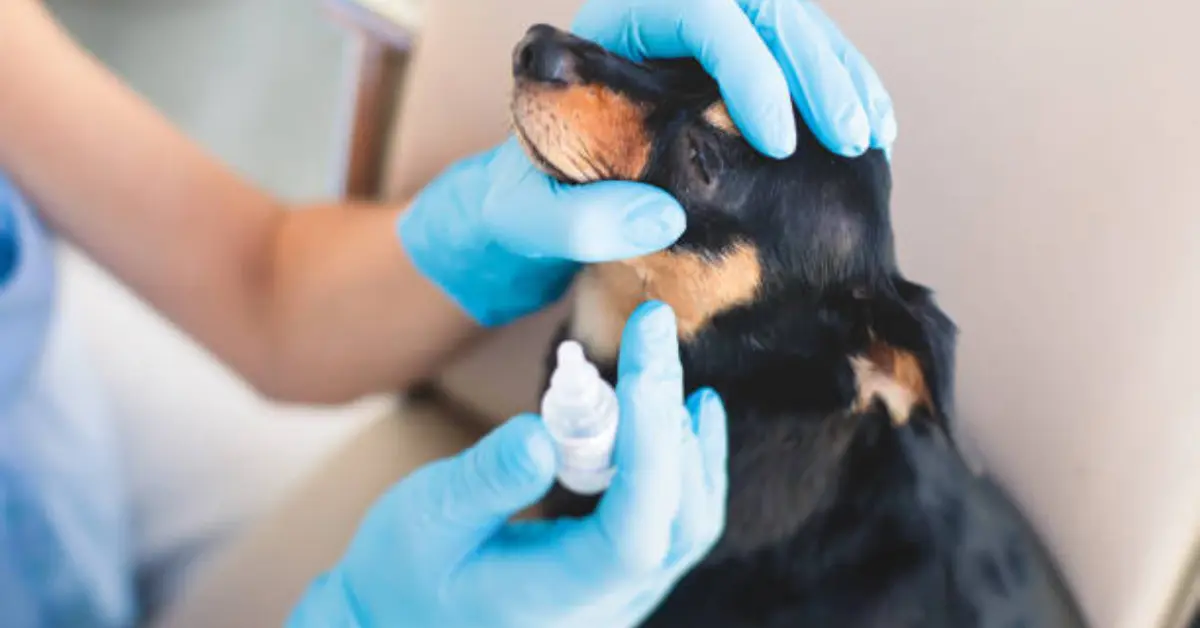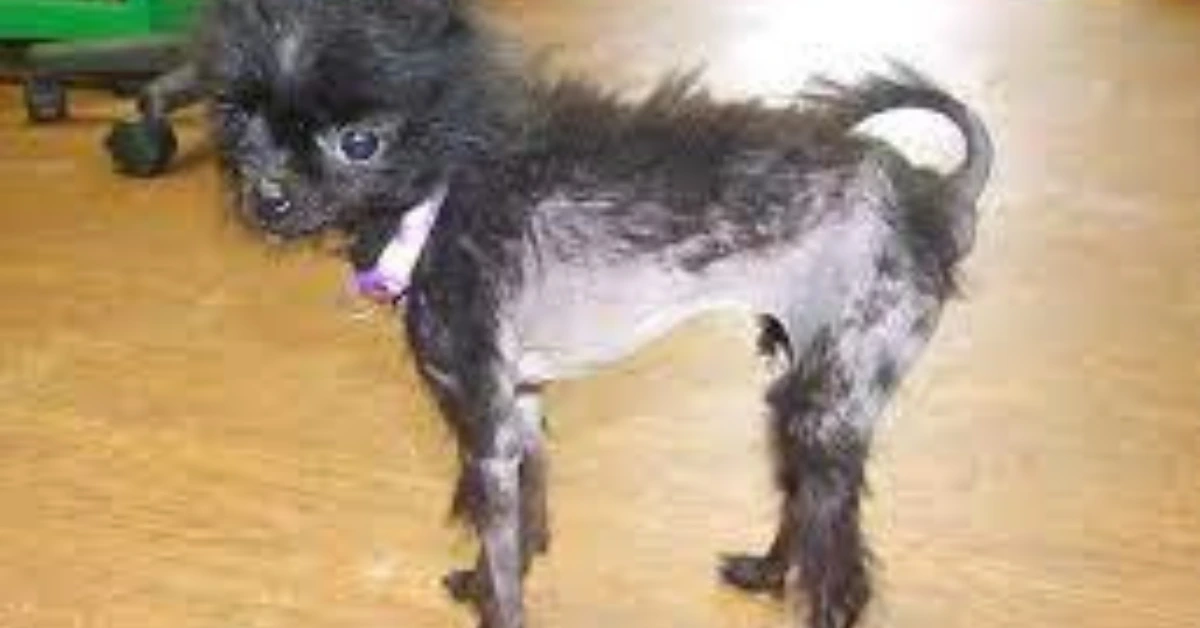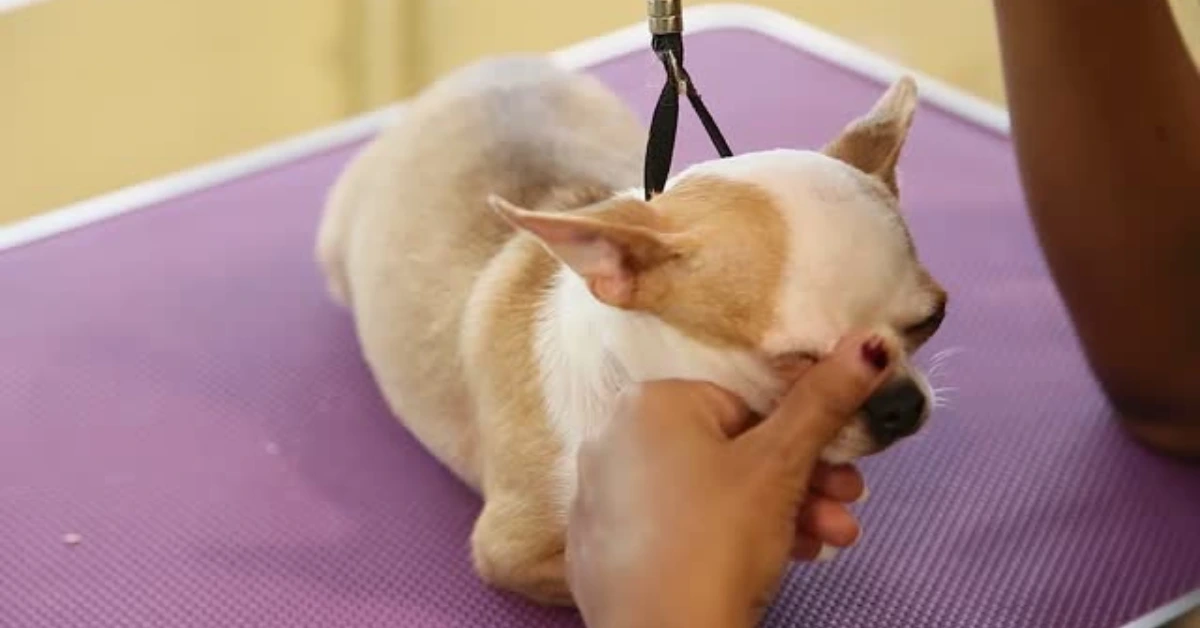Cherry eye is a bothersome eye problem that can happen to Chihuahuas and makes their third eyelid swell and show. Cherry eye in Chihuahuas can make them look bad, and if you don’t fix it, it can hurt or even cause loss of vision.
Keep reading this blog post to learn everything you need to know about how to treat and avoid giving your Chihuahua a red eye.
The Definition of Cherry Eye In Chihuahuas
Some mammals, like Chihuahuas, can have a trait called “cherry eye” in which the gland in the third eyelid pops out of place.
It is inside the lower eyelid and protects the eye even more. The third eyelid, which is also called the nictitating membrane, is there.
Advertisement
This is very important when doing things like hunting or fighting. A lot of the protective tear film for the eyes is also made by the gland in the third eyelid.
The Causes of Cherry Eye In Chihuahuas
Young Chihuahuas can get Cherry Eye, which is a scary disease. A gland prolapse can happen when the small muscle that holds the third eyelid gland in place suddenly stretches or breaks.
Even though the reason is still not clear, the treatment is: that surgery is usually the only way to get rid of the problem.
As a loving and caring pet owner, you need to keep a close eye on your Chihuahua’s eyes, especially if they are younger than a year. If you notice any problems early on, you can help ensure the best result for your furry friend.
Some of the most popular reasons why Chihuahuas get Cherry Eye are:
- Genetic problems
- Propensity by breed
- Shock
- The third eyelid and eye tissues don’t have strong connective tissue connections.
- Redness and swelling in the eye’s mucous membrane
We recommend that you take your Chihuahua to the vet right away if it shows signs of cherry eye. Most Chihuahuas get better quickly and can go back to doing their normal things.
The Symptoms of Cherry Eye In Chihuahuas
In Chihuahuas, the cherry eye is identified by a unique “cherry pit” shape in the corner of the eye closest to the nose. The swelling may come and go, but if you don’t treat it, it can often last for a long time and cause other problems.
Here are some signs to look out for:
- A “cherry pit,” a small, round, red or pink bump that shows up in the corner of the eye, is common.
- Swelling of the third eyelid or tear gland
- On the eye, an oval-shaped mass can be seen.
- An eye fluid that is thick
- Your Chihuahua is putting his hand to his eye to try to touch it.
Eye problems in your Chihuahua can be caused by more than just allergies. More major problems, like eye trauma or foreign objects in the eye, can make your Chihuahua lose its sight or even its eye.
If you notice any strange changes in your Chihuahua’s eyes, you should call your vet right away to get a good diagnosis. Remember that the sooner you get professional help, the more likely it is that things will turn out well.
The Diagnosis of Cherry Eye In Chihuahuas
Vets can easily tell if an animal has a cherry eye because it’s so clear. Cherry eye is the only eye disease that looks like it. So, it’s easy for vets to tell if a Chihuahua has a cherry eye just by looking at its eye.
Vets may also do some tests to see how healthy the Chihuahuas’ eyes are generally. A Chihuahua’s eye shouldn’t hurt or go blind if it hasn’t become infected. This is especially true if the owner doesn’t fix the problem.
The Treatment of Cherry Eye In Chihuahuas
It is very important to make sure that your Chihuahua actually has a cherry eye before you try to treat it. Keeping an eye on the Chihuahua can help, but you should really talk to a vet for a proper diagnosis and treatment ideas.
We can easily Treat Chihuahuas with early-stage cherry eye with anti-inflammatory drugs. In most cases, though, surgery is needed to move the gland into a better position. Your vet can tell you about the different kinds of surgery and help you choose the best one for your Chihuahua.
The third eyelid and tear gland in your Chihuahua protects and keeps the eye wet. It is important for the doctor to keep as much of the gland as possible while the surgery is going on. Most of the time, the gland can be tied to the connective tissue to keep making tears and keep the person from going blind in the future.
You can only have surgery on your Chihuahua if its tear gland has fully prolapsed. Your vet might wait until it does if it doesn’t. Your vet may give your Chihuahua painkillers and anti-itch creams to help with redness and pain and to keep them from getting infections.
If you see a cherry eye on your Chihuahua, you should take it to the vet right away. Even though it’s not an emergency, finding it early lets doctors make the best treatment plan. Your doctor may need surgery right away to stop the damage to the eyelids from getting worse.
Cherry Eye In Chihuahuas Prevention
It may be hard to keep your Chihuahua from getting cherry eye, but knowing if your dog is likely to get it can help you keep them from getting other eye problems.
Some dog breeds that are more likely to get cherry eye are also more likely to get entropion, distichia, and dry eye. If you check your Chihuahua’s eyes often for soreness, redness, or swelling that doesn’t seem normal, you might be able to spot other problems before they get worse.
So, make sure you check your Chihuahua’s eyes often and keep them in good shape!
Cherry Eye In Chihuahuas FAQS
What happens if you don’t treat cherry eye in Chihuahuas?
If you don’t treat your Chihuahua’s cherry eye, the gland can get bigger, which can make the eyes dry because they won’t make as many tears.
This could make it so that your Chihuahua can’t close its eyes anymore. If you don’t treat cherry eye in Chihuahuas, it can lead to pink eye and mucus flow.
What is the Chihuahua’s cherry eye prognosis?
The third eyelid gland usually heals itself in a few weeks following surgery. However, re-prolapse may necessitate further surgery in 5–20% of Chihuahuas.
In addition, prolapse in one eye is frequently followed by eventual prolapse in the second eye in Chihuahuas. The best course of action is to replace the gland to reduce the chance of acquiring dry eye from surgical excision.
Even when the gland’s function is drastically reduced or nonexistent, it can still be necessary to remove it in extreme or persistent situations, or in the event of a tumor.
Is there a Chihuahua cherry eye vaccine?
Nope. There is no vaccine to prevent cherry eye in Chihuahuas because the cause of this condition is not a virus or bacteria.
What is The Cost Of Treatment Of Cherry Eyes in Chihuahuas?
The severity of the ailment and the type of surgery required determine how much therapy will cost. It usually falls between $100 and $1000.
How long does it take for a Chihuahua’s red eye to get better?
Usually, it takes a few weeks to fully heal after surgery.
Does cherry eye in Chihuahuas go away on its own?
Cherry eye in Chihuahuas may go away on its own sometimes. But if the prolapsed gland doesn’t go back to its usual position in a few days, you should see a doctor and have surgery.
YOU MAY ALSO LIKE:
My Chihuahua Has Bulging Eyes -Ocular Proptosis- Symptoms, And Treatment
Why Does My Chihuahua Has Red Eyes Or Bloodshot Eyes?
Vision Loss in Chihuahuas-Blindness, Symptoms, and How To Manage
Advertisement














